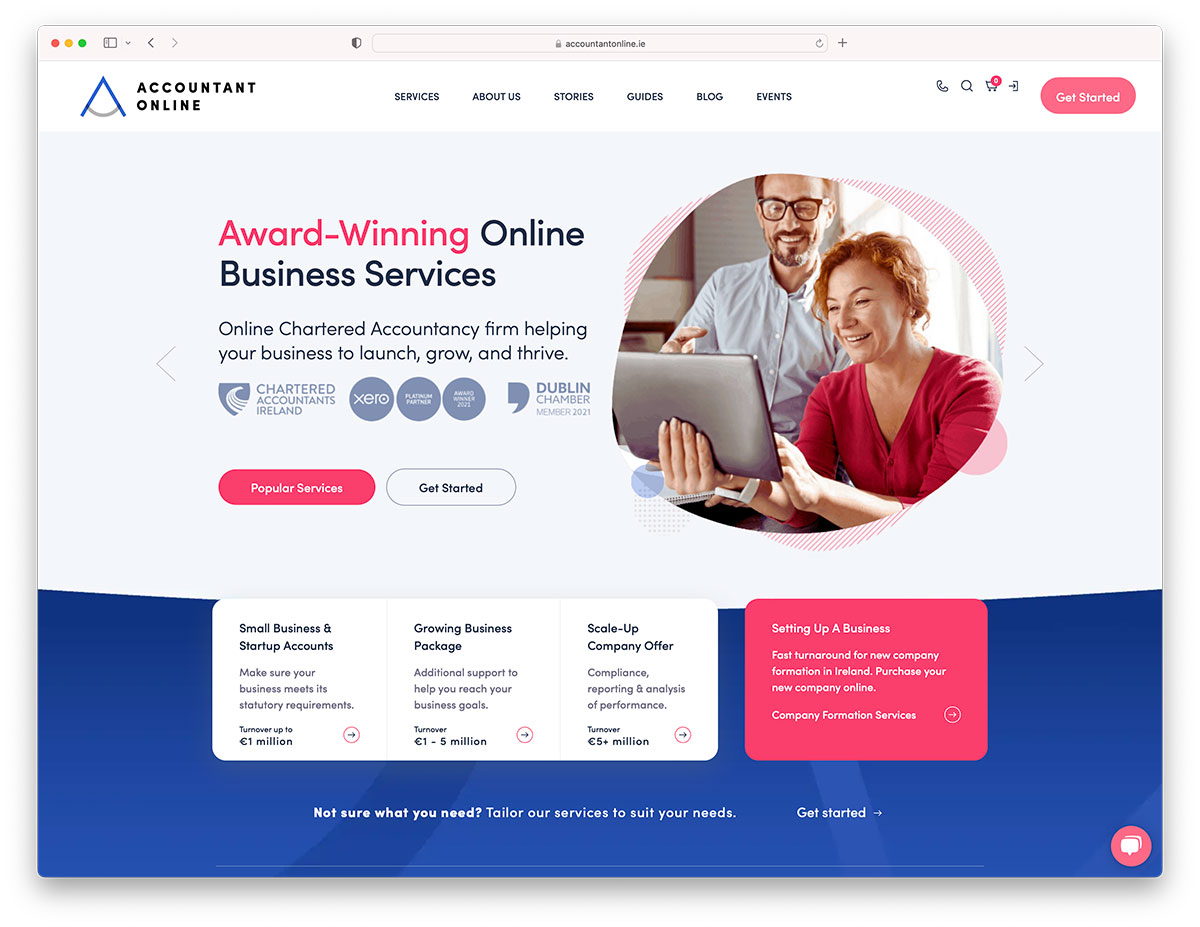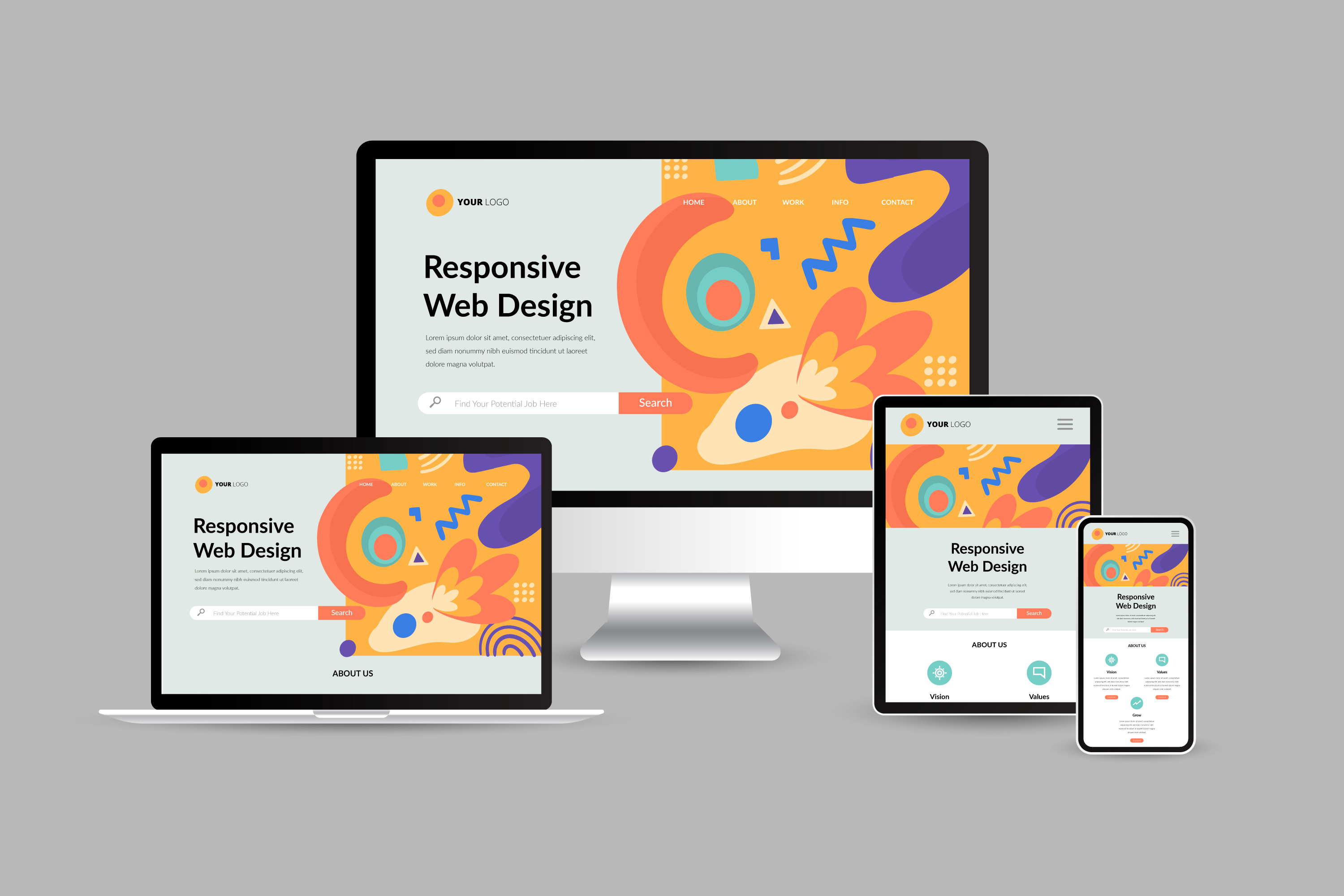Key Elements That Make a Successful Website Design Stand Out
Key Elements That Make a Successful Website Design Stand Out
Blog Article
Maximize Involvement: Proven Techniques for Exceptional Site Style
Understanding exactly how reliable navigation, aesthetic pecking order, and web content optimization merge to boost user involvement is crucial for any type of organization looking for to make a purposeful impact. As we check out numerous tried and tested techniques that contribute to exceptional web site design, the interaction in between these aspects discloses not just ideal practices yet likewise innovative techniques that can elevate customer experience.
Importance of User-Centric Style
User-centric layout is crucial in creating reliable web sites, as it prioritizes the demands and choices of the end individual from the very start of the style process (website design). This technique makes certain that the web site is customized to supply an optimum experience for individuals, assisting in interaction and complete satisfaction. By recognizing individual habits, goals, and pain factors, designers can produce interfaces that resonate with their target market and promote a feeling of connection
Applying user-centric style entails substantial research, including user characters and journey mapping, which aid in determining the specific demands of various customer segments. This data-driven technique allows for educated decisions pertaining to capability, web content, and format, ultimately leading to the development of a more user-friendly and appealing internet experience.
In a competitive digital landscape, prioritizing user-centric style is not simply useful; it is necessary for driving interaction, decreasing bounce rates, and fostering customer loyalty. Reliable websites are those that resonate with customers, making user-centric layout a fundamental principle for effective web development.
Efficient Navigating Strategies
A well-structured navigation system is a foundation of efficient internet site design, constructing straight on the principles of user-centric layout. Reliable navigation enables individuals to locate info rapidly and intuitively, enhancing their overall experience and motivating longer brows through.
To attain this, take into consideration carrying out a clear pecking order in your navigation menu. Main classifications need to be promptly noticeable, while subcategories can be disclosed with dropdowns or expanding menus. This organization assists individuals prepare for where they could locate appropriate content, minimizing disappointment.

Uniformity is crucial; use acquainted terms and style aspects throughout the site to stay clear of complication. Breadcrumb routes can also be advantageous, supplying customers with contextual understanding of their location within the site and allowing simple backtracking.
Finally, make certain that your navigating is receptive and mobile-friendly. As even more customers accessibility websites through mobile phones, adjusting your navigating for smaller screens is crucial for preserving use and ease of access. By focusing on these strategies, you can create a seamless navigation experience that keeps individuals involved.
Visual Power Structure and Layout
Establishing a clear visual hierarchy is necessary for guiding users with a site's material effectively. A well-structured design not just boosts customer experience however also affects how site visitors connect and regard with info. By strategically employing size, contrast, color, and spacing, designers can create centerpieces that accentuate the most important aspects, such as headlines, calls to activity, or photos.
Integrating a grid system can additionally boost aesthetic power structure by supplying a constant framework for material placement. This organization enables customers to browse the website intuitively, making it visite site less complicated to absorb information (website design). Furthermore, making use of whitespace is important; it develops breathing room around elements, minimizing cognitive overload and emphasizing key material

Content Optimization Strategies
While creating aesthetically attractive designs is essential, the performance of a web site ultimately hinges on exactly how well its material is maximized for both search engines and user interaction. Web content optimization includes a calculated technique that boosts presence and importance, ultimately driving web traffic and preserving site visitors.
First, keyword research is fundamental. Recognizing relevant search phrases that line up with user intent allows for the combination of these terms normally right into headings, text, and meta summaries. This not only aids in ranking higher on online search engine yet additionally enhances the clarity of content for customers.

In addition, enhancing for local SEO can increase interaction for region-specific target markets. Including local keywords and developing material that addresses local interests improves relevance.
Finally, routinely updating material ensures that it stays important and fresh, appealing to both internet search engine and returning customers. By concentrating on these material optimization strategies, businesses can produce a compelling on-line existence that cultivates interaction and drives conversions.
Receptive and Mobile-First Approaches
User involvement and web content presence are increasingly affected by the capability of an internet site to adjust perfectly across numerous devices. With the rise of mobile browsing, utilizing Check This Out responsive style and mobile-first techniques has actually become important for effective web advancement. Receptive design makes sure that a solitary site design adjusts fluidly to different display sizes, from desktop computers to smartphones, therefore providing a constant customer experience.
On the other hand, a mobile-first method prioritizes the mobile user experience during the style process. Deliberately for smaller screens initially, programmers can focus on essential features and enhance efficiency, making certain that customers are not bewildered by unneeded material. This technique likewise improves packing times, which is important for preserving site visitors.
Both approaches contribute to higher engagement prices, as customers are more probable to communicate with a website that is straightforward and aesthetically enticing. In addition, online search engine prefer mobile-optimized websites in positions, thereby improving presence. In recap, embracing mobile-first and receptive design techniques is vital for optimizing user engagement and guaranteeing that web content stays accessible and efficient across all tools.
Verdict
To conclude, the execution of user-centric style concepts is essential for making the most of involvement in website layout. Efficient navigating approaches, a well-defined visual hierarchy, and optimization of content significantly improve customer experience. Additionally, adopting mobile-first and receptive techniques makes certain accessibility throughout numerous devices. Jointly, these methods not just assist in details access but likewise foster deeper individual interaction, inevitably contributing to greater engagement prices and overall site success. Focusing on these aspects is crucial for efficient site style.
As we check out different tried and tested techniques that contribute to exceptional web site layout, the interaction between these aspects exposes not just ideal techniques but likewise ingenious strategies that can boost customer experience.User-centric design is crucial in creating reliable web sites, as it prioritizes the requirements and preferences of the end individual from the actual beginning of the design process. Reliable web sites are those that resonate with customers, making user-centric style a fundamental concept for effective web growth.
Responsive layout makes sure that a single internet site design adjusts fluidly to various display sizes, from desktops to smartphones, therefore providing a regular customer experience.
In summary, adopting responsive and mobile-first style methods is critical for taking full advantage of user involvement and guaranteeing that web content stays available and effective across all this hyperlink tools.
Report this page